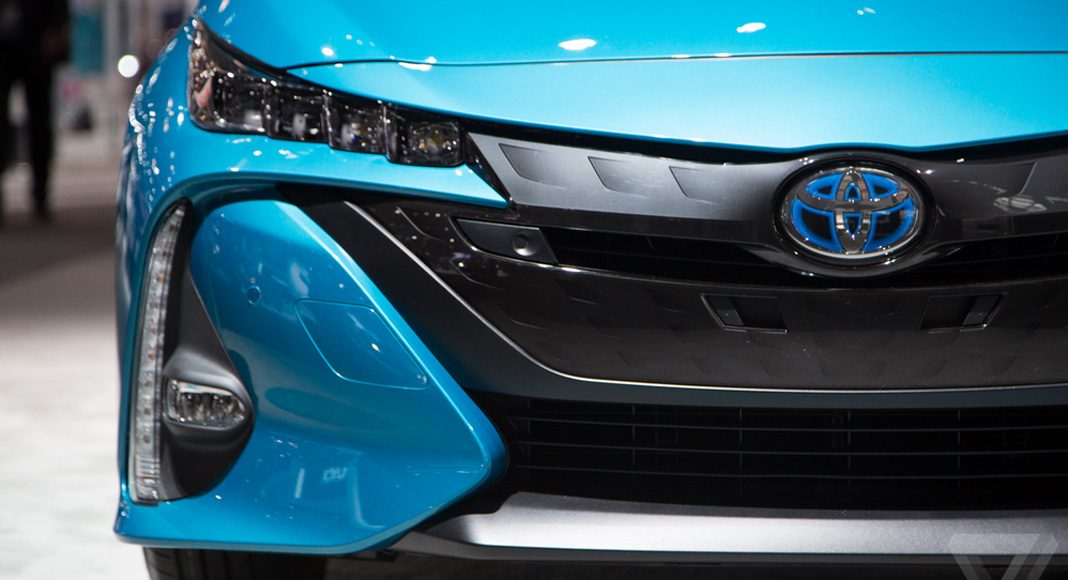Dr. Gill Pratt, CEO of the Toyota Research Institute (TRI), has announced that Toyota will establish its third TRI facility in the U.S.
The new facility, TRI-ANN, will be located in Ann Arbor, near the University of Michigan (U-M) campus where it will fund research in artificial intelligence, robotics and materials science. It is scheduled to open in June.
âBeyond the extraordinary work that U-M is doing broadly in advancing automotive safety research â and in autonomous driving, in particular â Toyota has deep roots in the Ann Arbor community,â said Pratt. âTRI was drawn to Ann Arbor because of the strength of the university; the utility of Mcity and the Mobility Transformation Center which we currently sponsor; the promise of the future American Center for Mobility at Willow Run; and the proximity to, and synergies with, our two well-established Toyota Technical Centers nearby.â
The Toyota Technical Centers have been conducting research in the area of autonomous cars for more than a decade. A group of about 15 team members will transfer to the new TRI-ANN facility when it opens. U-M Professors Ryan Eustice and Edwin Olson are joining TRI-ANN as the area leads for mapping/localization and perception, respectively.
âSensor hardware and algorithms are improving at a tremendous pace.â
âTRI researchers will push the frontier even further, with the goal of providing safer vehicles and more helpful robots in the home,â said Olson.
Each of Toyotaâs facilities will feature a different core discipline. TRI-ANN will focus primarily on fully autonomous (chauffeured) driving. TRI-PAL will work on what may be termed âguardian angelâ driving, where the driver is always engaged but the vehicle assists as needed. TRI-CAM will dedicate a large portion of its work to simulation and deep learning.
The Toyota Research Institute is an enterprise designed to bridge the gap between fundamental research and product development. With initial funding of $1 billion, it has four initial mandates.
First, it will strive to enhance the safety of automobiles with the ultimate goal of creating a car that is incapable of causing a crash, regardless of the skill or condition of the driver.
Second, it will work to increase access to cars to those who otherwise cannot drive, including seniors and those with special needs.
Third, it will help translate Toyotaâs expertise in creating products for outdoor mobility into products for indoor mobility; moving people and goods across the country, across town, or across the room.
Finally, TRI will accelerate scientific discovery by applying techniques from artificial intelligence and machine learning, particularly in the area of materials science.



















